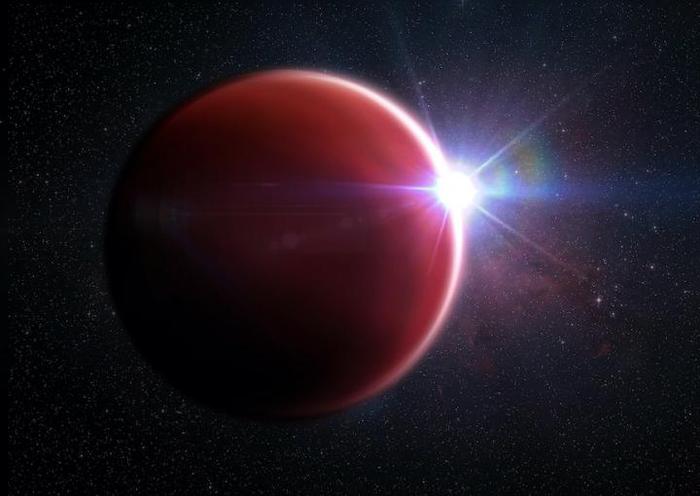A giant cloudless planet has been discovered: it is 575 light years away and is called Wasp-62b.
Its clear atmosphere makes it easier to study the chemical composition of the planet and this can help identify what this alien world is made of and how it formed.
The result, published in the Astrophysical Journal Letters, is due to the group of the American Center for Astrophysics Harvard & Smithsonian, coordinated by Munazza Alam.
The planet has a mass that is about half the mass of Jupiter, but it is a so-called "hot Jupiter", which is a very hot gas giant because it is very close to its star.
In fact, unlike our Jupiter, which, due to its distance from the Sun, takes almost 12 years to complete an orbit, Wasp-62b completes a rotation around its star in just four and a half days.
The planet was identified in 2012 through the Wide Angle Search for Planets (Wasp) South survey.
Its atmosphere, however, had never been studied until now.
The researchers studied it thanks to data from the Hubble Space Telescope, managed by NASA and the European Space Agency (ESA).
This planet did not initially impress Alam very much, but then the researcher changed his mind.
"Once I started taking a look at the data - he noted - I got excited".
The team identified the complete sodium fingerprint.
If there had been clouds or haze these would have obscured the complete sodium signature, explains Alam: "this - he observes - is proof that we are seeing a clear atmosphere".
Cloudless planets are extremely rare, and astronomers believe their study could lead to a better understanding of how they formed.
Their rarity, according to Alam, "suggests they may have formed differently than most planets."

